After drinking a certain number of puerh samples, we start to develop a certain set of expectations about storage and different recipes. Two of the most popular -7532 and 7542 - are today’s focus.

This blog has usually eschewed discussing a single specimen of tea. These teas are exceptional in this regard not because they are unique or have any particularly outstanding quality, but because they challenged my expectations.
When Pamela arrived at the house for tea, we started with something that was a known quantity for me.
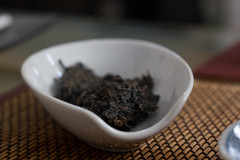 This 7532 copy was produced in 1996 by the Fu Hai tea factory according to the recipe developed by Menghai Tea Factory.
This 7532 copy was produced in 1996 by the Fu Hai tea factory according to the recipe developed by Menghai Tea Factory.
It is traditionally stored, and aligns very well with my past experience with 7532 from this period.
(In fact, I have had 4-5 examples from the very same year - it is one of my favorites.)
I thought that we would breeze through this tea and dedicate most of our attention to the genuine Menghai articles - a pair of samples from generous tea chum Will. I had been saving these for some time, waiting for the right moment to share them.
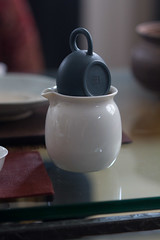
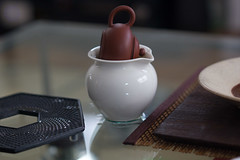
Wanting to examine both samples in depth, but also compare their differences, I prepared them in matching teapots (40ml Yixing).
We tried 6 infusions of each alone, before beginning to brew them side by side. After 3 or 4 infusions both teas began to show more balance and sweetness, but the “7532” remained a bit more robust.
However, the smoke and tobacco of the 7532 surprised me, having come to expect something thick, creamy and mellow. Perhaps there was a drastic difference in storage.
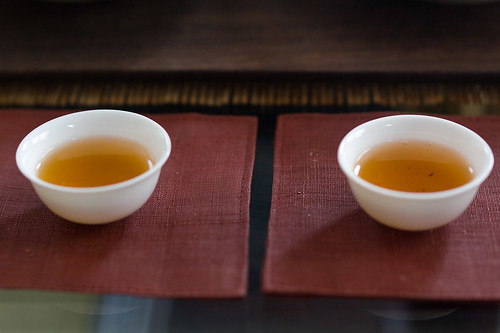
Several infusions on, I started to find that the two teas tasted extremely similar - not just in the late infusions, but throughout. Was my small sample actually 7542, or had these two teas - procured in separate shops - been stored in just the right way to achieve such a similar result?
We decided to award the round to the 7532 - or whatever it is - by a small margin.
But we really preferred the smoother taste of the “knock off” - 7532 from Fu Hai Tea Factory.

I transfered it from a gaiwan to a larger teapot to enjoy the later infusions of this tea at a leisurely pace.
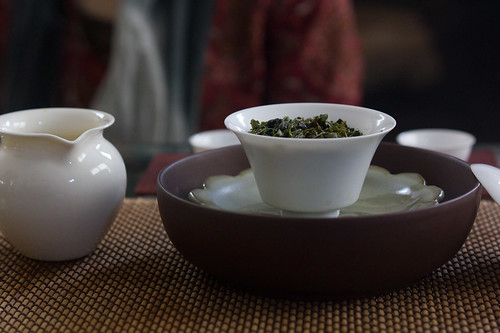
Before the cha qi of all this aged tea could send us into a deep sleep, I sent Pamela off with a pick-me-up from this winter harvest Tie Guan Yin.
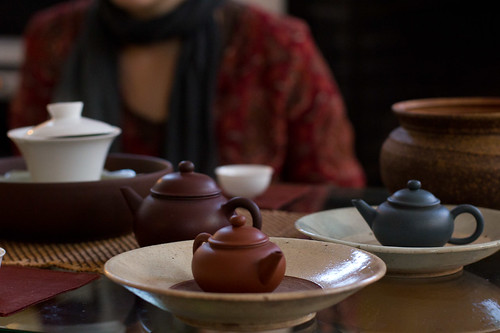
A bit later on, I asked Will about the provenance of the tea. He mentioned that the shop stocking the 7532 had quite a few items that didn’t seem entirely right - but tasted good nonetheless. “It doesn’t really matter what it is … It’s just tea, " he offered.
So which teas here were real or fake? The Fu Hai? The “7532” that didn’t match our expectations in taste? They were all delicious and calming.
Most of us are not existential enough to stop seeking information about our tea, but as long as it is good tea, perhaps that is all that matters.